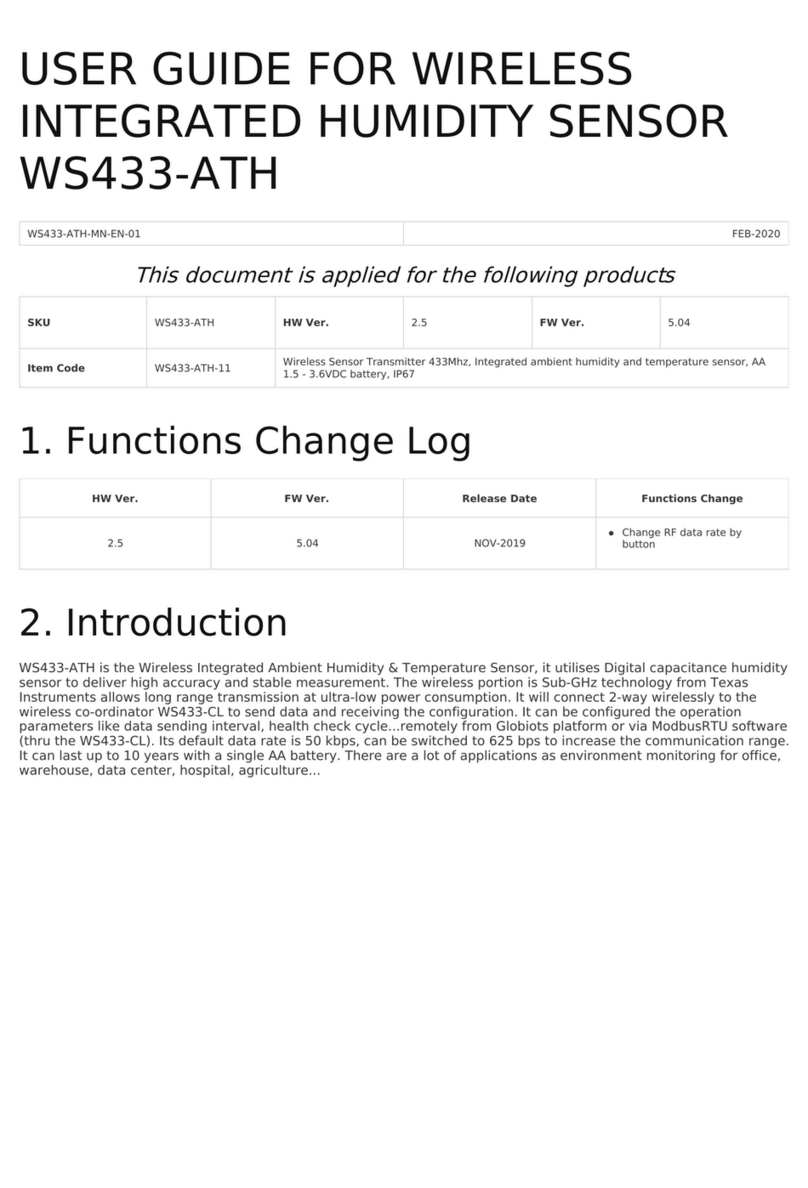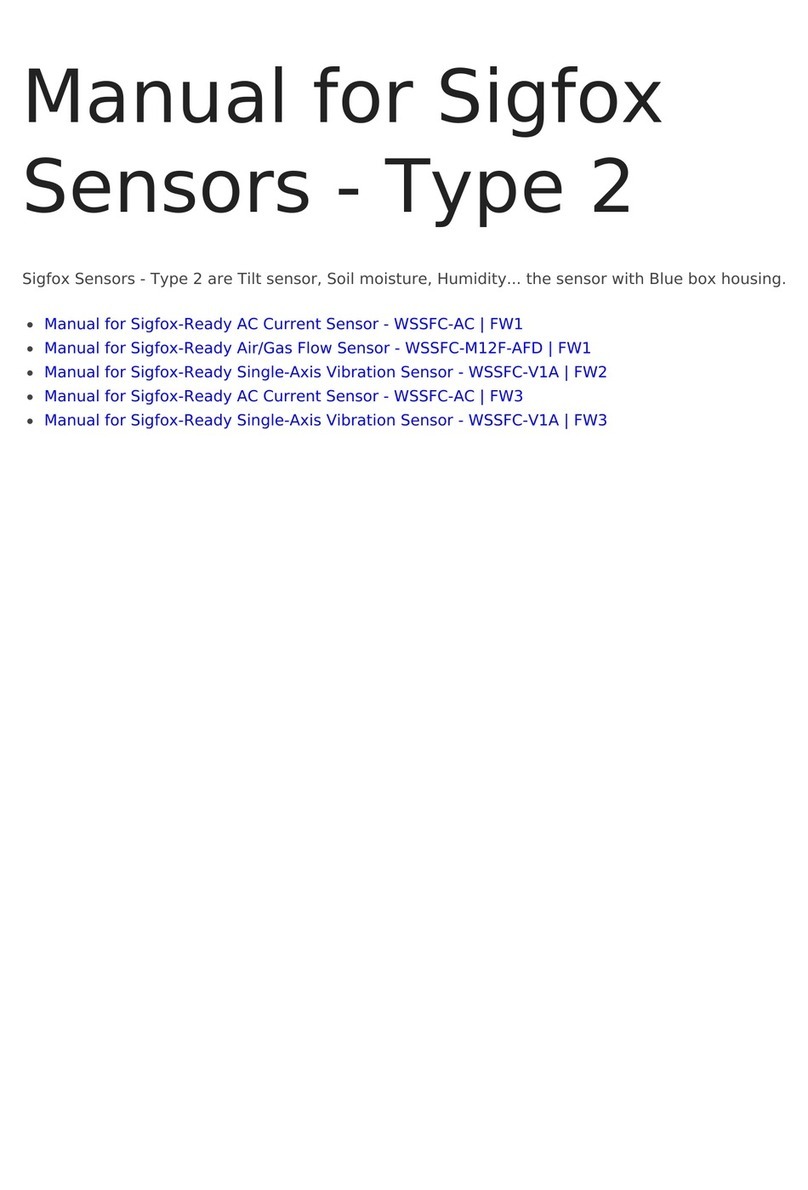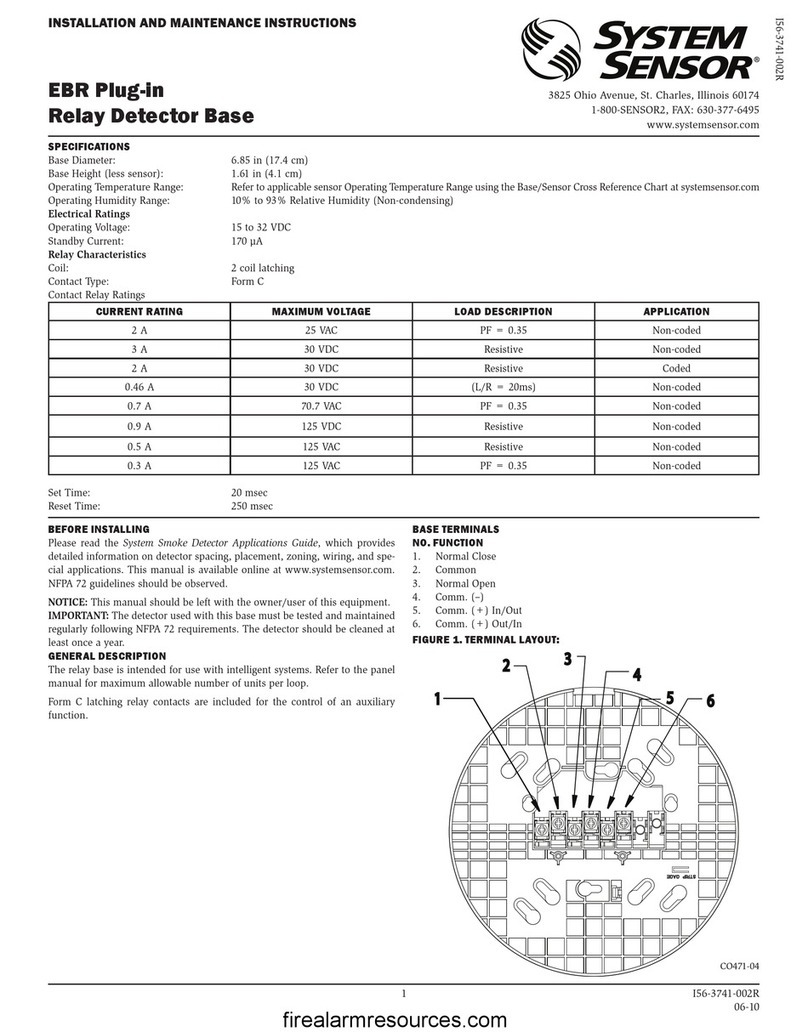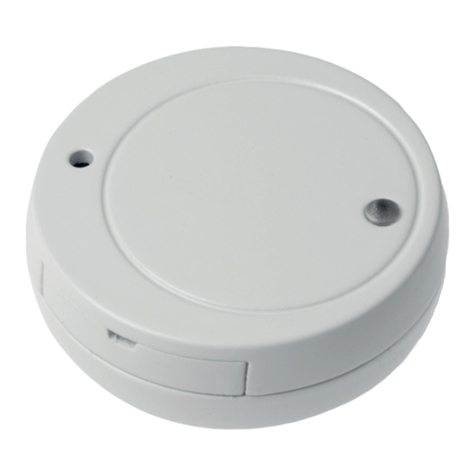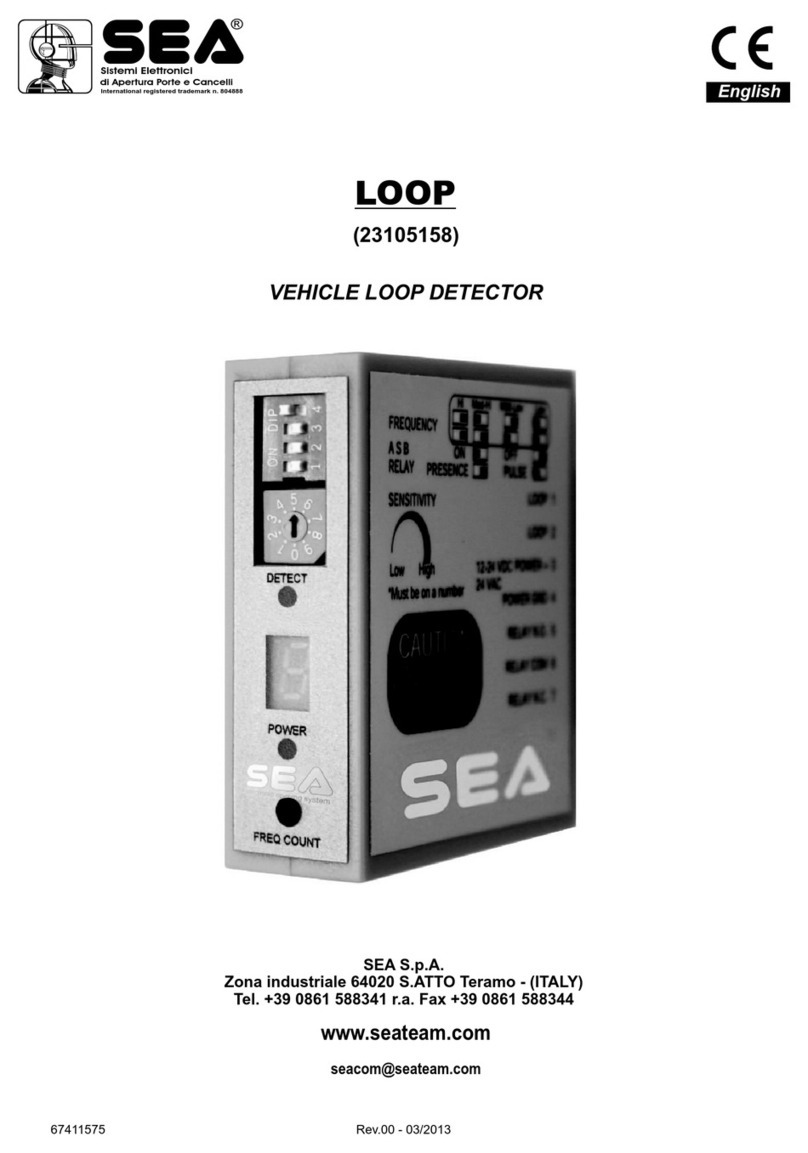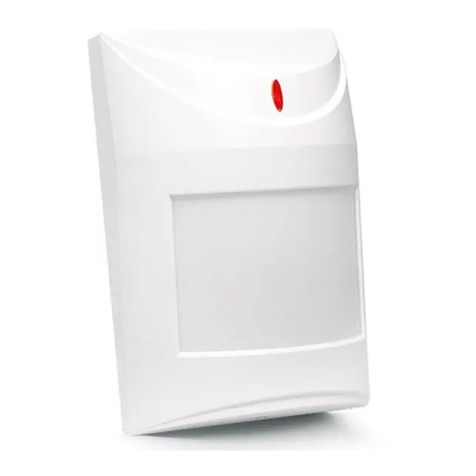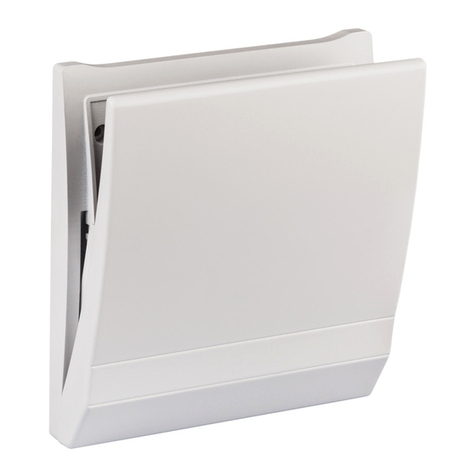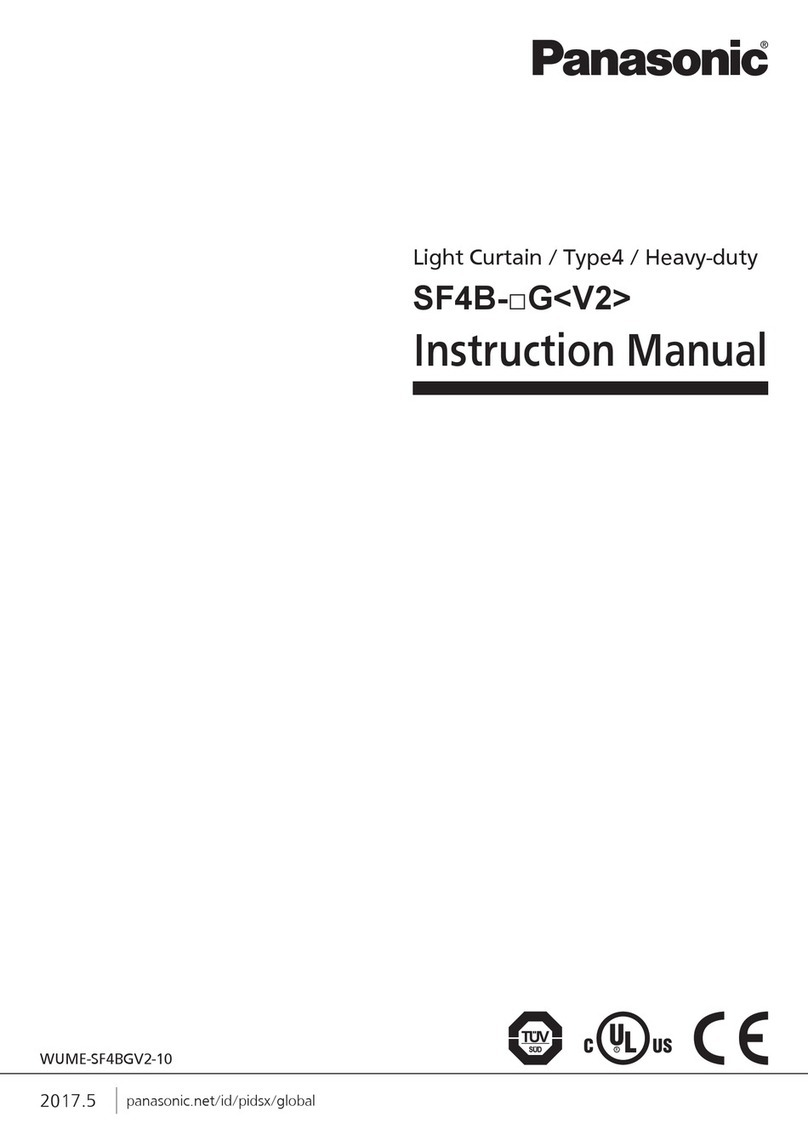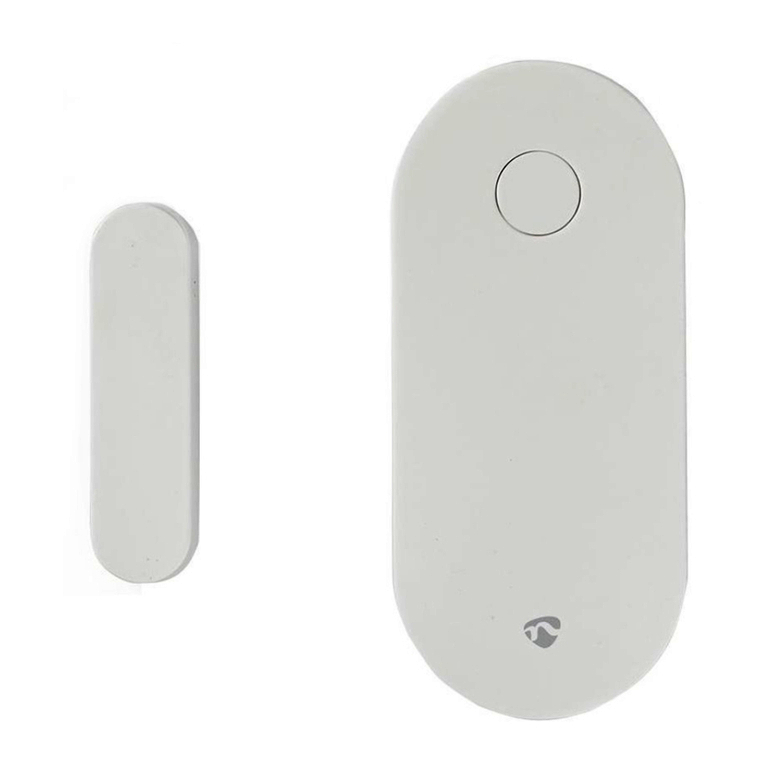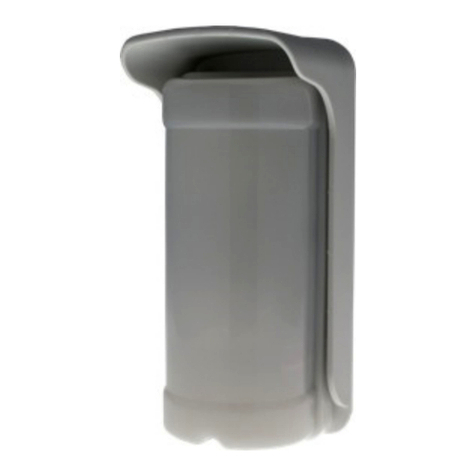daviteq AV10-G4-NH3 User manual

Daviteq NH3 Gas sensor for Livestock is a NH3 gas measuring sensor that utilizes the Seri-4 electrochemical sensor
with a high sensitivity to low concentrations of detected gas, high selectivity, and a stable baseline. It has an ultra-low
noise amplifier to amplify the nano-ampere current signal from the sensor and delivers the stable and high-resolution
output.
* For some applications with high humidity ambient all the time, the sensor can come with a heater to control the
humidity within the working range of the sensor.
- The sensor current output of a sensor is different from the other sensor. It is not the same value for all sensors after
manufacturing.
- The sensor current output of a sensor will be changed over time. For example, the NH3 sensor current output will be
reduced by about 5% of the signal per six months in clean air at 25 oC temperature.
- The R_gain of the circuit also has a 0.1% or 0.05% tolerance;
Therefore, users need to calibrate the sensor before use or in a pre-defined interval time (6 or 12 months for example).
Instructions to attach the calibration cap onto the sensor module to get Zero or Span values.
Step 1. Remove the Filter and prepare the calibration cap
Step 2. Attach the calibration cap to the sensor head
Manual for AV10-G4-NH3 sensor
for Livestock
1. Introduction
2. Calibration of the Daviteq NH3 Gas Sensor
2.1 Why do we need to calibrate the gas sensor? There are some
reasons:
2.2 How to calibrate the NH3 Gas sensor?

Step 3. Installed the Regulator to the Gas cylinder
Step 4. Attach the tube to the regulator
- Power ON the device;
- Place the device in a clean-air environment (the target value is nearly zero) at a temperature from 20 - 30 oC, in at
least 60 minutes. It is better to use the 99.99% Nitrogen gas as zero gas instead of clean air.
- After 60 minutes, record the Voltage output value. Recording multiple values in 5 minutes to calculate the average
value.
- Use the standard gas cylinder with a known concentration (for example NH3 in N2 with a concentration of 25ppm or
50ppm) to supply the gas to the sensor;
- Use the calibration cap as above pictures to attach to the sensor and connect the tubing to the gas cylinder;
- Open the valve on the Cylinder slowly and make sure the gas has reached the sensor. Please use the Flow regulator
2.5 LPM or 5.0 LPM.
- Press a timer to start counting the time;
- After 2 minutes, record the voltage output, then record voltage output value again at the minute of 3, 4, and 5.
Calculate the average output value of the minutes of 3, 4, and 5.
- After that, immediately turn OFF the valve to save the gas;
- Remove the calibration cap from the sensor;
- Place the sensor in clean air again.
Please use the Flow Regulator with a flow rate of 2.5 LPM or 5.0 LPM.
Step 1: Get the Zero value.
Step 2: Get the Span value
Note: Keep the sensor Power ON all the time;
Notes:
- The tube length is short as possible to reduce the gas loss.
Note: Always keep the sensor Power ON all the time;
DO NOT PLACE THE SENSOR IN THE SPAN GAS FOR MORE THAN 5 MINUTES; IT WILL SATURATE THE
SENSOR OUTPUT AND DEGRADE THE SENSOR LIFE QUICKLY.

After Zero and Span, you will get the voltage output correspond to zero gas and span gas value;
Enter these values into your reading device (PLC...) to get correct reading.
- Place the sensor in the area to monitor the target gas concentration. Please always check the gas molecular weight
v.s the air.
- For example, NH3 gas has a lighter weight than air, so the sensor must be placed at a height higher than the source
of NH3 leakage. Normally, the sensor will be mounted at a height of 1.6m from the ground.
Use the M12-Male cable Coding A, 4 pin as below picture.
Because the Output is 0-10VDC, we do recommend to use the following cable for extention:
Cable size: minimum 24AWG (or minimum 0.5 mm2 core)
Cable type: Shielded
Max recommended cable legnth: 20m
Connect the wires to Reading device as below:
PWR+: 12-36VDC
PWR-: GND
OUT: 0-10VDC OUTPUT
NC: Not used
Step 3: Entering values to reading device
3. Installation
Notes:
* Avoid the place with humidity higher than 90% RH all the time (a short time in 2-3 days is acceptable)
* if the Sensor is intended to install outdoors, please use a rain guard to protect the sensor from rain and direct
sunlight. Please contact us to buy this accessory.
3.1 Level of Installation
3.2 Wiring

No.
Phenomena
Reason
Solutions
1
The measured value is not
within the expected value.
1.1
The sensor is drifted by
time.
Re-calibrate the sensor
1.2
The sensor was in a high
humidity environment (>
90% RH) for more than 03
days continuously.
Place the sensor in low
humidity for its recovery. It
may take up to 30 days to
recover. If the sensor
cannot recover after 30
days, please replace the
new sensor module.
2
The measured value is
always zero or near zero.
2.1
The sensor module was
removed.
Please check the sensor.
2.2
The sensor is at the end of
its life.
Replace the sensor module
3
The voltage output is 0V or
random noise
3.1
The wiring problem
Check the wiring and
connector M12.
Check power supply.
3.2
The sensor is faulty
Contact manufacturer.
What?
How?
When?
Re-calibration
The gas sensor may be drifting over time.
Please check the sensor specification to
identify the interval time for the re-calibration
sensor. Please follow the calibration procedure
as in above section.
Approx. 6-12 months
Sensor replacement
Replace the new sensor module after 1-2 years
of operation (please check the sensor
specification of each gas type). Please see
below instructions.
Approx. 1-2 years
Sensor replacement instructions:
Step 1. Remove the Protector by Rotate it anti-clockwise
Step 2. Unplug the sensor module
Recommend to use other rope (plastic rope or stainless steel rope) to hang the sensor, it will reduce the tension
force of the signal cable.
4. Troubleshooting for the Daviteq NH3 Gas
Sensor
5. Maintenance of the Daviteq NH3 Gas Sensor
* Please disconnect the device before doing the following steps
Table of contents
Other daviteq Security Sensor manuals
Popular Security Sensor manuals by other brands

AMS
AMS TCS3720 quick start guide
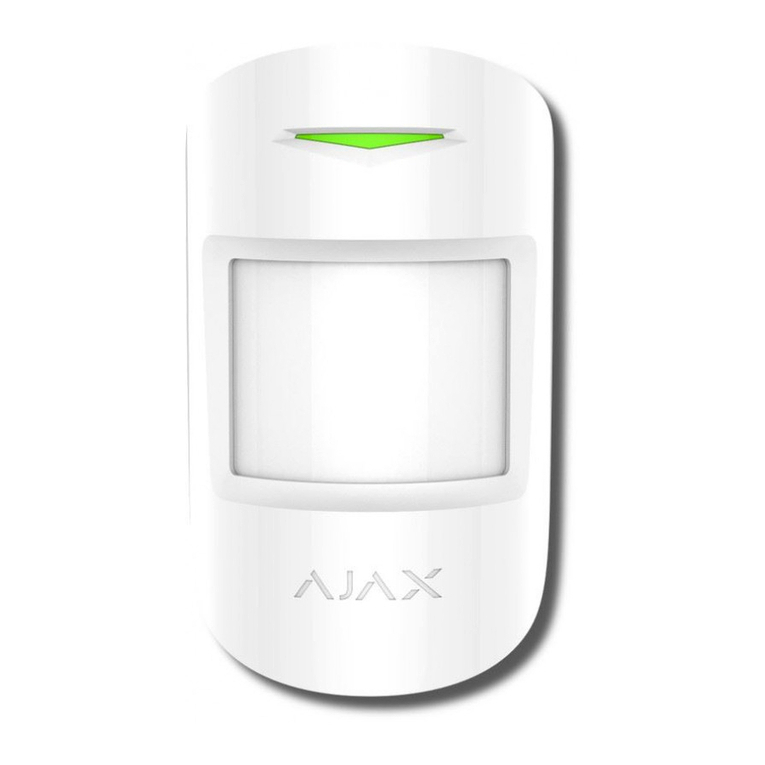
AJAX
AJAX MotionProtect user manual
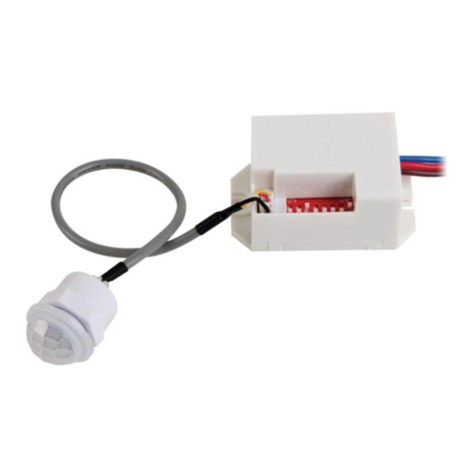
Velleman
Velleman PEREL EMS106 user manual

AJAX
AJAX HomeSiren user manual
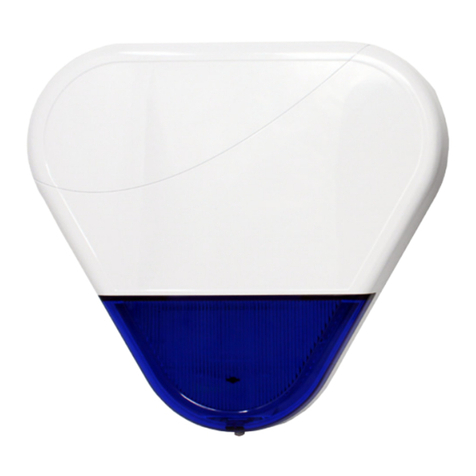
Alula
Alula RE636 Wireless Outdoor Siren Strobe Connect+... quick start guide
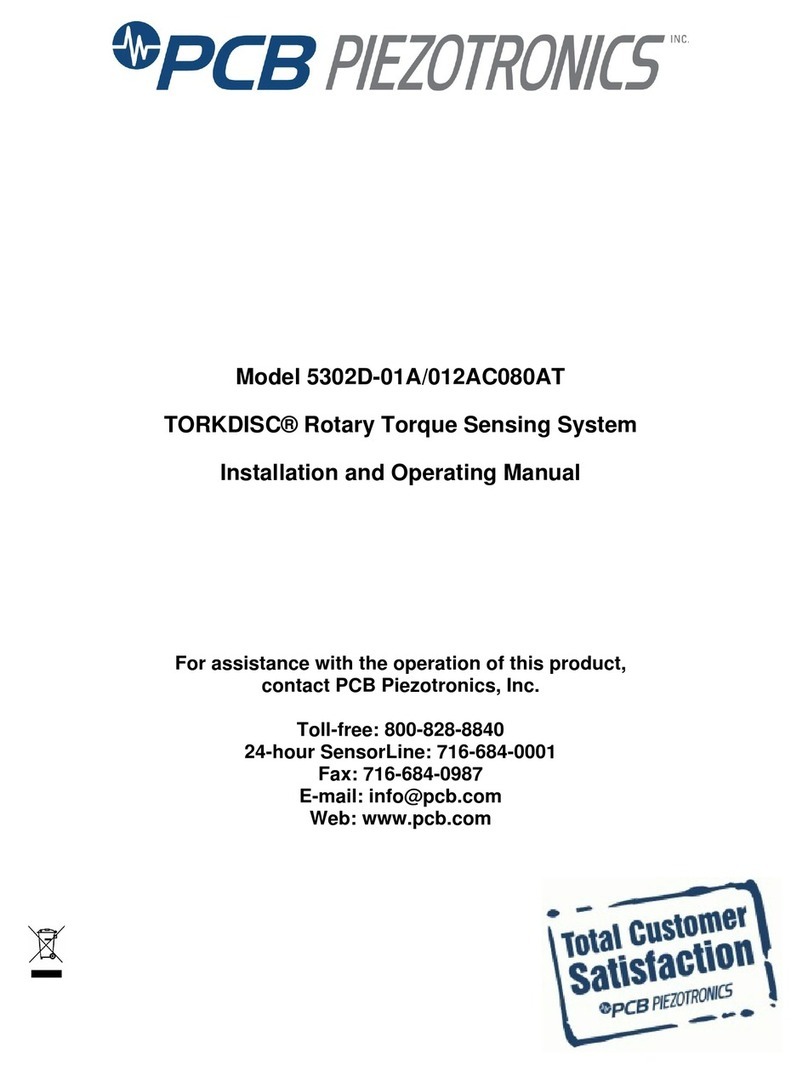
PCB Piezotronics
PCB Piezotronics TORKDISC 5302D-01A/012AC080AT Installation and operating manual


